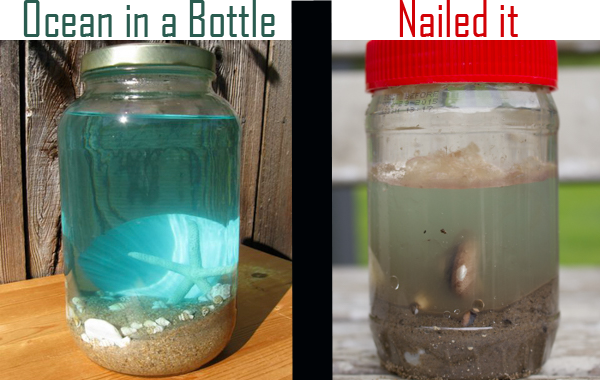
My journey began with a super-cute Pinterest craft project: the ocean in a bottle.
To make the ocean in a bottle, you–in theory–add sand, blue water, oil, and seashells to an upcycled bottle. The sand settles on the bottom, with the seashells resting on top, then the blue water, then the oil, looking just like a lovely little beach scene. Tilt the bottle, and the oil and water react to make rolling waves.
Fun, right?
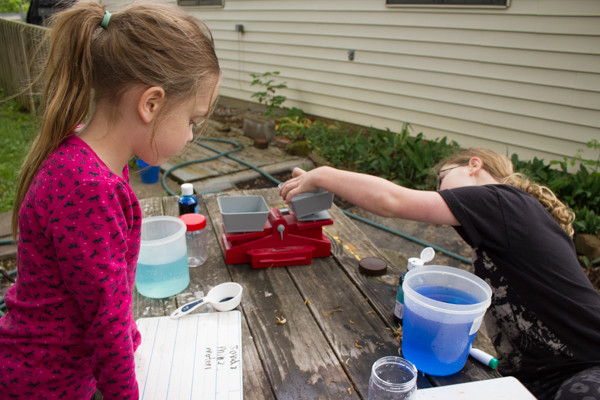 It’s also–in theory–an excellent demonstration of density, the relationship between a substance’s mass and its volume. My children are studying density right now, so I set this ocean in a bottle project up for them on a recent school day. I gave them clean peanut butter jars, the three substances of sand, water, and oil, and asked them to make a prediction about the relative density of each substance.
It’s also–in theory–an excellent demonstration of density, the relationship between a substance’s mass and its volume. My children are studying density right now, so I set this ocean in a bottle project up for them on a recent school day. I gave them clean peanut butter jars, the three substances of sand, water, and oil, and asked them to make a prediction about the relative density of each substance.
Next, I had the kids measure the density of each substance. Density equals mass divided by volume, so density is easy to measure simply by weighing an exact volume of a substance. Since the kids were comparing densities, they used a balance scale to weigh a half-cup of each substance–and they were each surprised to learn that a half-cup of water weighs more than a half-cup of oil!
 Yay, math! Yay, science!
Yay, math! Yay, science!
Based on their weight and volume measurements, the kids then revised their comparative density predictions to oil, then water, then sand. I instructed them to pour a half-cup of each substance into their peanut butter jars and observe.
I waited for the squeals of happiness.
I waited…
“Um…” my older kid said. “Is it supposed to look like muddy water?”
Well, no, not so much. And yet… yeah. Muddy water with oil on top. Huh.
I guess that whoever made this project and put it on Pinterest used, like, sanitary, hypo-allergenic, clean sand. I used, like, SAND sand. Sandbox sand. And did you know that sandbox sand is apparently pig-filthy? The sand itself may settle in the bottle, but the filth mixes in with the blue water, turning it a nasty, muddy, green-ish brown.
Dirty water in a bottle.
Or maybe polluted ocean in a bottle.
Either way, it wasn’t *exactly* the adorable craft project that I’d intended. Fortunately, the kids, themselves, couldn’t care less–they were having a fabulous time exploring with water, oil, and sand, and had no expectations of what the final product should look like. Muddy water with oil on top? Fine! Now let’s scoop out a pile of sand and pour oil on it! And then stir it with sticks! And then dump it in water!
And that’s pretty much how all our projects end up, so no disappointment there.
The good news is that now that I’ve figured out what NOT to use–sand, dirt–I’ve got a good idea about what TO use, and as a different project on a different day, I set the kids up creating their own density discovery bottles out of all kinds of cool ingredients. I’ll show those to you soon!
P.S. If you’ve got any cool discovery bottle combos that we should try, tell me in the Comments below. Science is depending on you!
Photo credit: cute ocean in a bottle image via Education.com

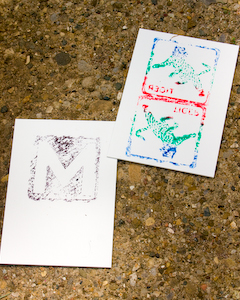
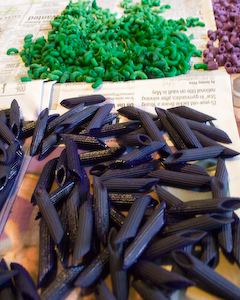


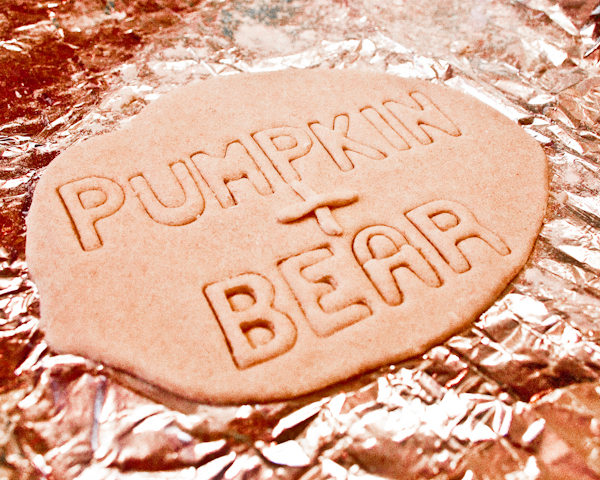
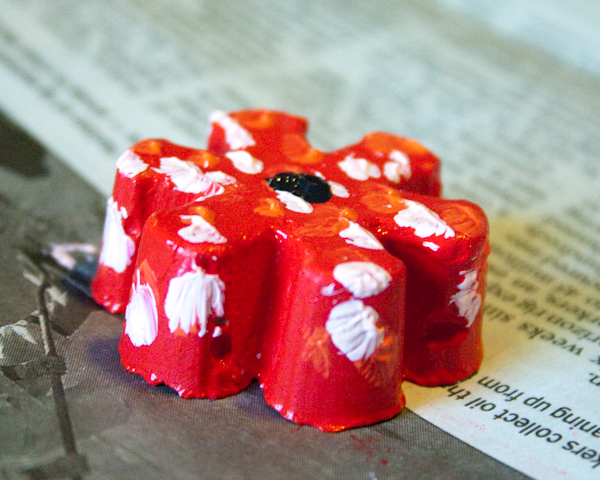
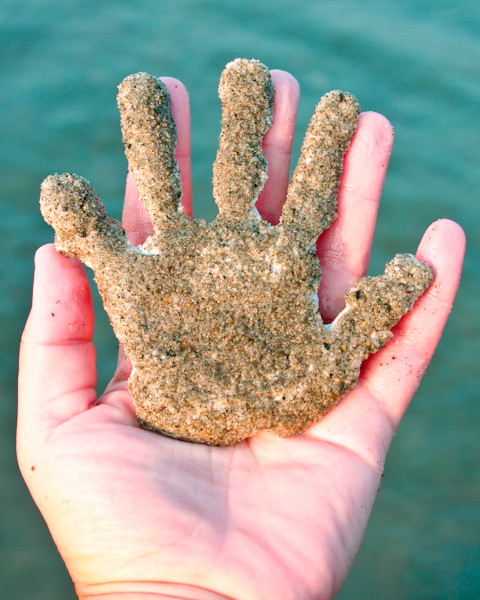
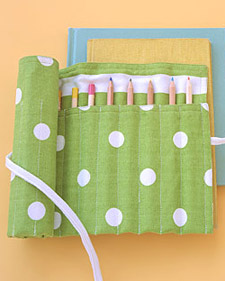
Hey, based on every trip I’ve ever taken to the most local beaches (mid-Atlantic region), it really does look like you nailed it!
Pingback: Crafting a Green World | The home for green crafts and tutorials!
I have noticed there are a lot of projects that just don’t turn out like they say. Youtube is full of the show and tell ones.
Pingback: The Crayon Lipstick Experiment - Crafting a Green World
I cleaned my sand after a fail attempt. and I had 2 of these come out great, both using sand/shells off the coast of Nova Scotia. I bet one is still in my mothers bathroom.